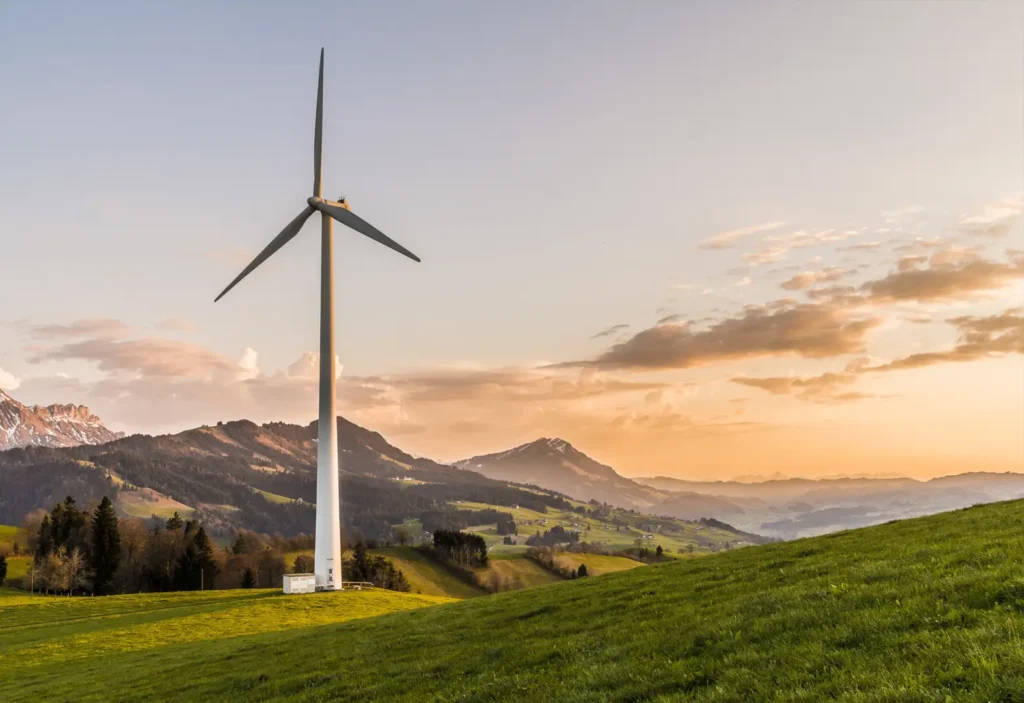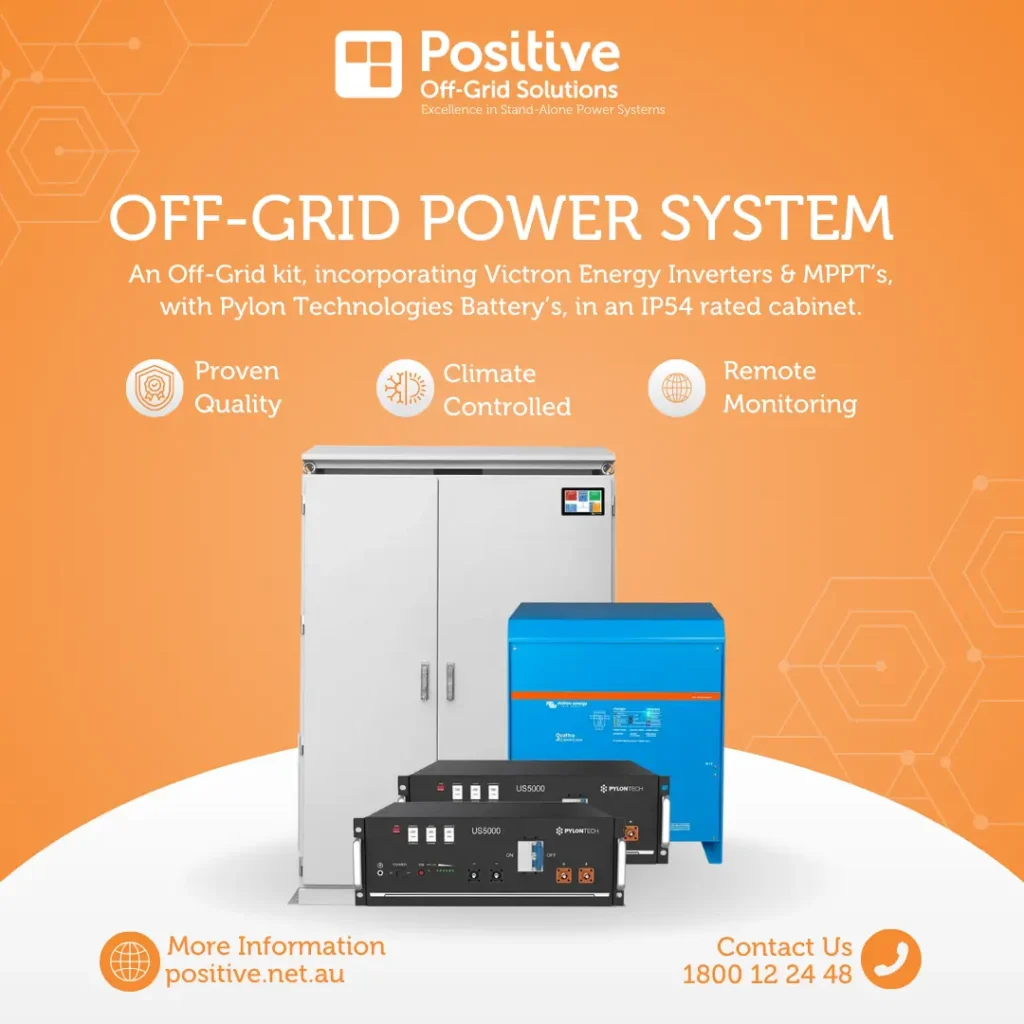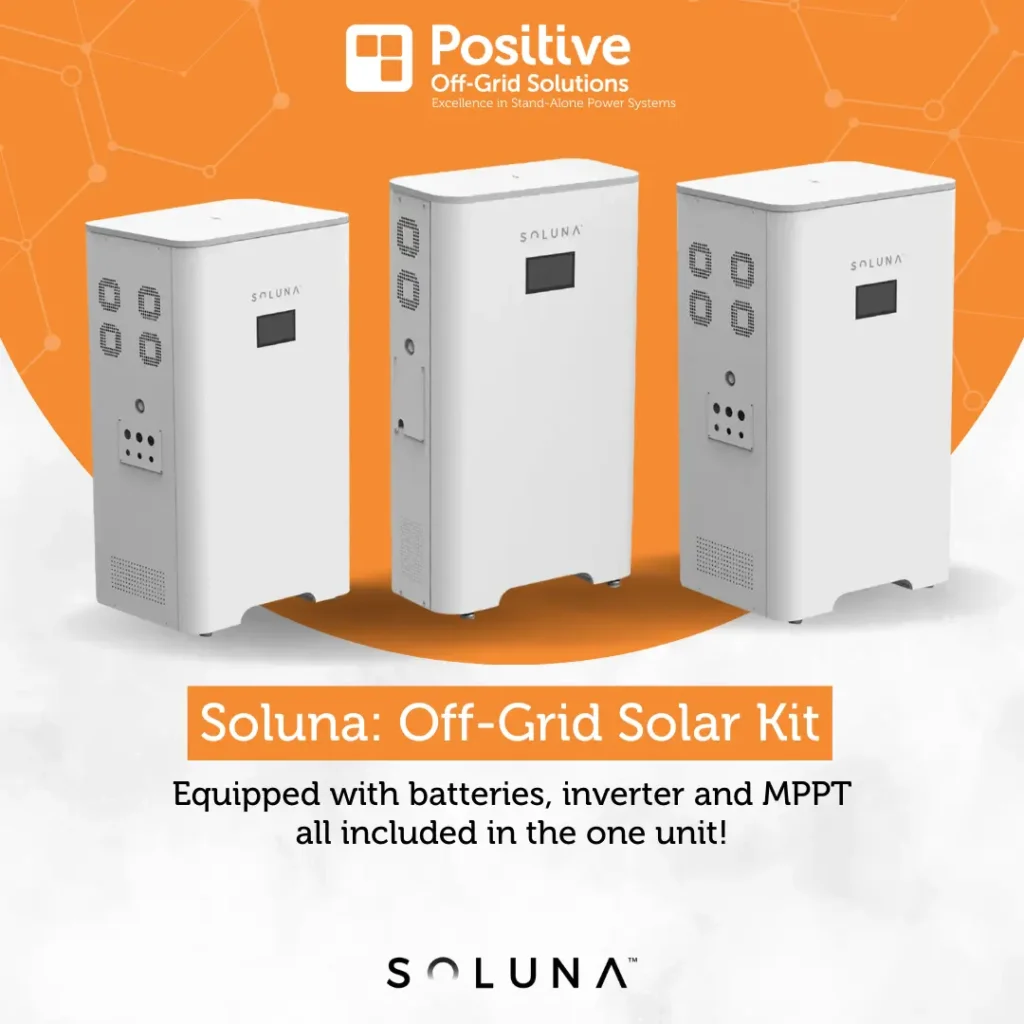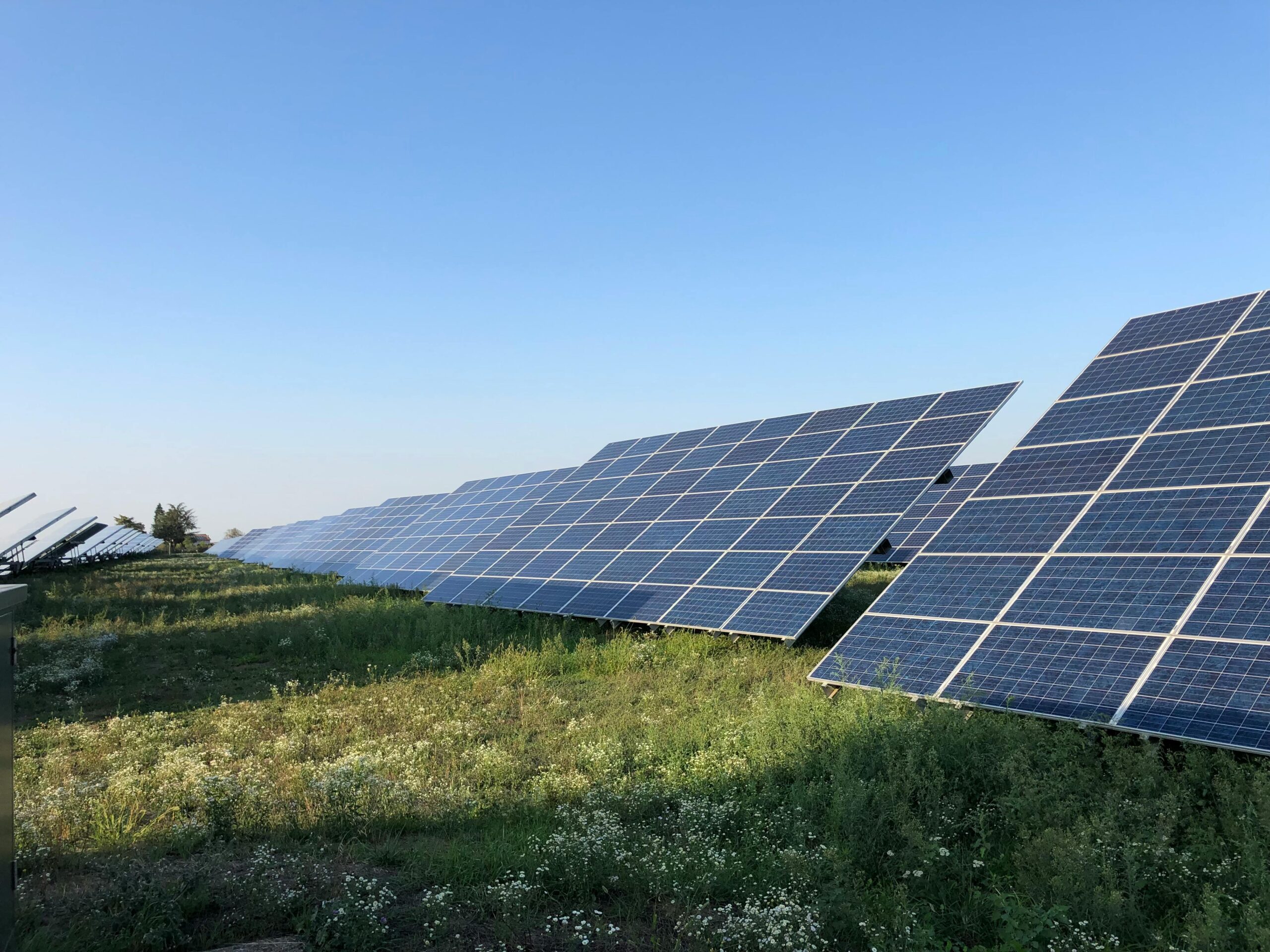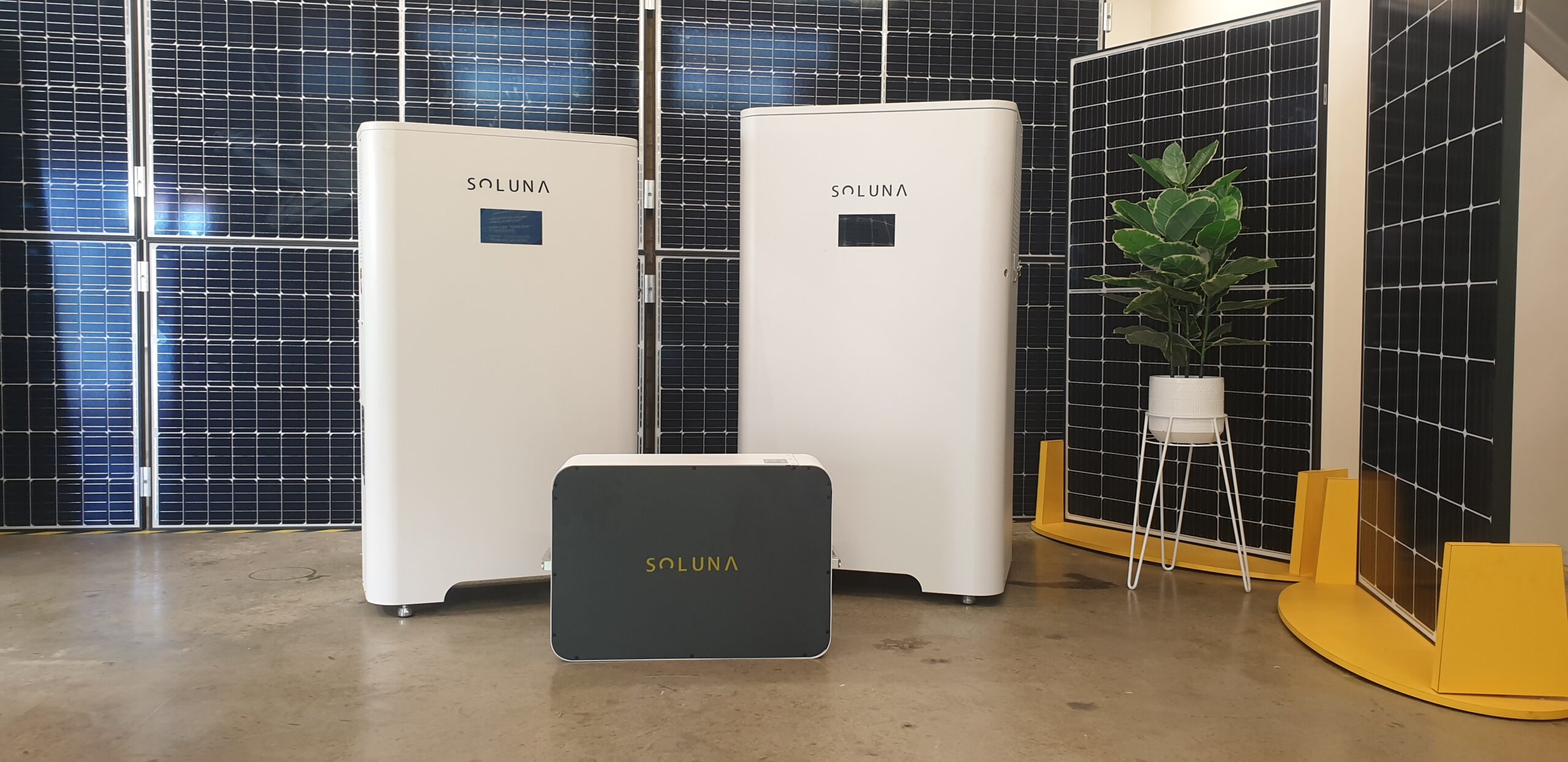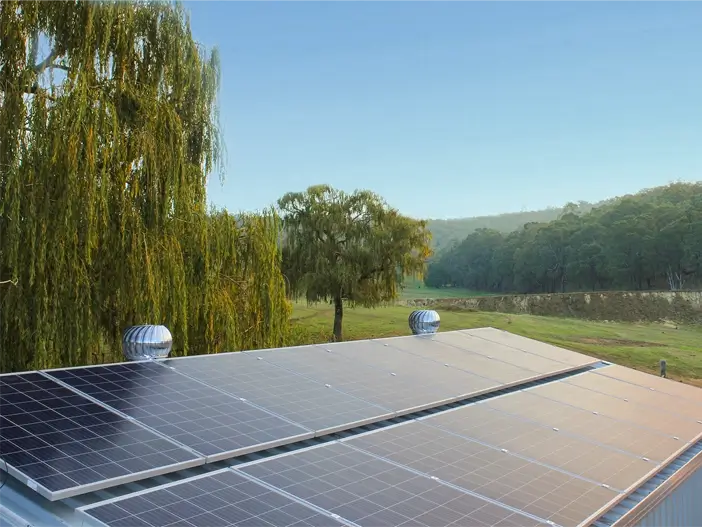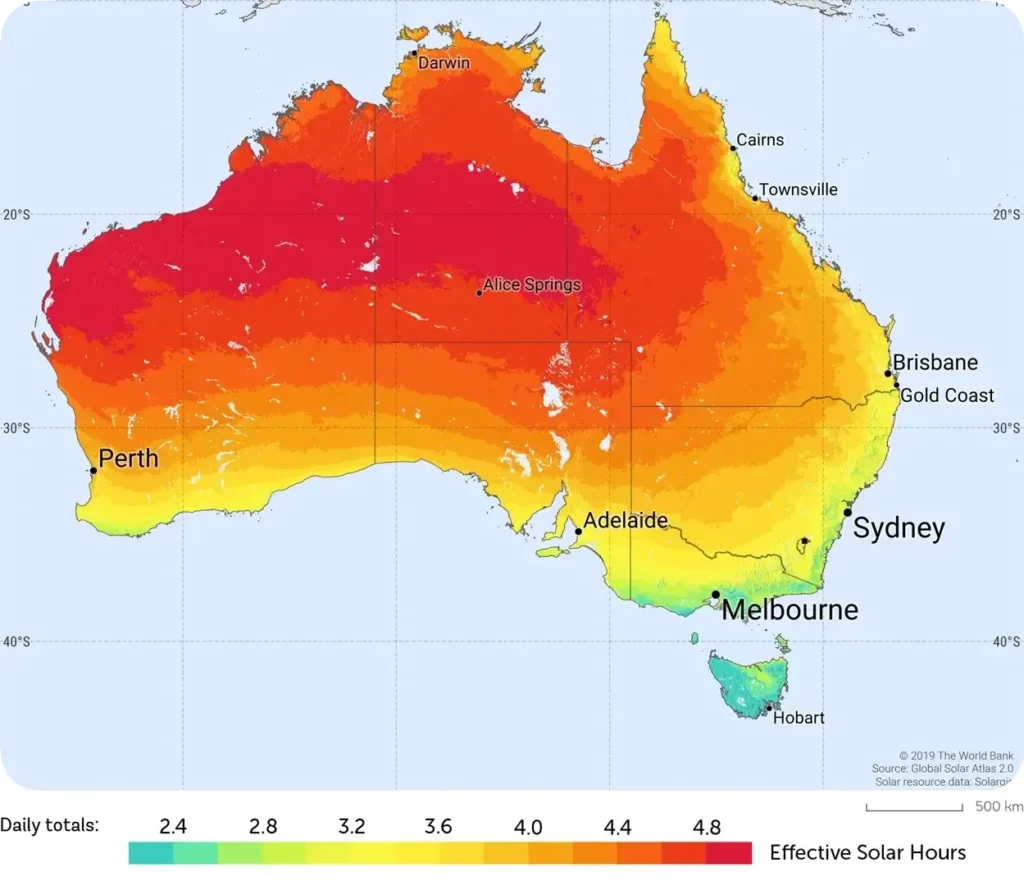The quest for renewable energy sources has intensified over the last few decades. As people are becoming more aware of the environment and the need to curb global warming, wind energy emerges as one of the frontrunners in the renewable energy sector. The sight of gigantic wind turbines turning gracefully on a hillside or out at sea is becoming commonplace. But did you know you can harness this power on a smaller scale? Enter the concept of a ‘wind turbine for home’.
1. Wind Energy: A Brief Overview
Wind energy is derived from the movement of air, which turns the blades of turbines connected to generators. These turbines then convert kinetic energy into electricity. Historically, windmills were used for mechanical tasks such as pumping water or grinding grain. Modern wind turbines, however, are engineered to produce electricity which can be fed into the grid or used directly by homes, businesses, and other institutions.
2. Why Consider a Wind Turbine for Home?
There are numerous reasons homeowners might choose to install a wind turbine. Here are some of the primary benefits:
- Eco-Friendly: Wind energy doesn’t release harmful greenhouse gases or pollutants. It’s a clean and sustainable source of power.
- Cost-Efficiency: After the initial investment, the ongoing costs of wind energy are low. Plus, in some areas, you may even be able to sell excess power back to the grid, turning your wind turbine into a potential income source.
- Energy Independence: Having a wind turbine for home can reduce your dependence on external energy sources, offering some protection against volatile energy prices.
3. Factors to Consider Before Installation
Before jumping into the wind turbine bandwagon, it’s essential to assess whether your property is suitable. Some considerations include:
- Wind Speed & Consistency: For efficient electricity generation, you need a consistent wind speed of at least 5-6 miles per hour. An anemometer can help measure this.
- Local Zoning Regulations: Some areas might have restrictions or permits required for wind turbine installations. Always check with local authorities.
- Space: While home turbines are smaller than commercial ones, they still require ample space, away from obstructions like buildings and trees.
- Maintenance: Like any equipment, wind turbines require maintenance. However, with proper care, they can last 20 years or more.
4. Types of Wind Turbines for Residential Use
When considering a wind turbine for home, you’ll encounter two main types:
- Horizontal Axis Wind Turbines (HAWT): These are the traditional, propeller-like turbines that most people are familiar with. They’re typically more efficient but might require more space.
- Vertical Axis Wind Turbines (VAWT): These turbines move in a circular motion around a vertical axis. They’re often more compact and can be more suitable for residential settings, especially in areas with unpredictable wind directions.
5. Cost and Return on Investment
The initial cost for a wind turbine for home varies based on size, type, and installation charges. However, many countries offer tax breaks, rebates, or grants for renewable energy installations. Over time, the savings on your electricity bill, coupled with potential income from selling back excess energy, can lead to a positive return on investment.
6. The Future is Blowing in the Wind
As technology evolves, we can expect residential wind turbines to become even more efficient, affordable, and widespread. By considering a wind turbine for home today, you’re not only investing in a sustainable energy source but also in a greener and cleaner future for the planet.
In conclusion, the potential of wind energy is vast, and its residential application is steadily gaining traction. Whether it’s the desire to reduce carbon footprints, the allure of energy independence, or the promise of future savings, a wind turbine for home presents an exciting opportunity for those willing to harness the power of the wind.
